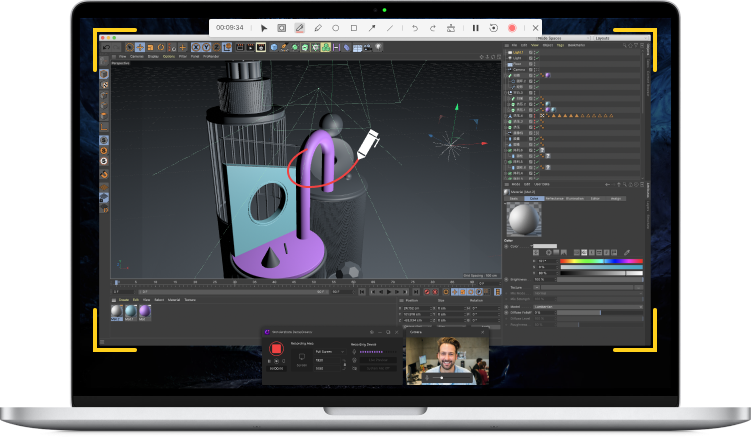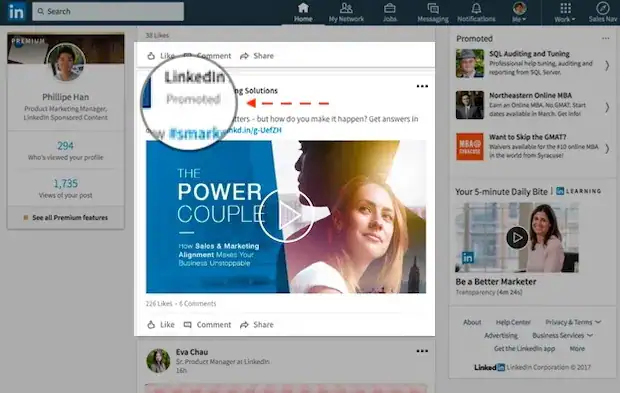Flipped Classroom Pros and Cons
A Flipped Classroom is a mixed learner-centered approach and learning strategy that basically employs technology to convey education. The concept comprises using learning management systems and online tutorials to convey information and teach academic subjects. Unlike the conventional teacher-student lecture fashion, where an educator directly controls the entire flow of class discussions and teaches students from textbooks within the classrooms, the flipped classroom manner differentiates by encouraging students to do research and prepare in advance on subjects at home during the class periods before their teaching and lets learners collaborate through online discussions.
The flipped technology includes concepts such as LMS, Smart classroom, and Virtual Reality. Getting used to this learning methodology and teaching lowers the work of teachers, enhances classroom management, and reduces homework issues arising in classrooms as learners come prepared on the subjects from home. This allows teachers to concentrate on skill development activities, in-depth teaching strategies, and problem-solving ideas. In addition to this, the student-teacher partnership in the flipped classroom turns out to be more customized, and this allows the students to efficiently show interest and involve themselves in their studies.
However, similar to any other education model and strategy, there are certain flipped classroom pros and cons. While the flipped classrooms benefits for students are huge, the disadvantages are unavoidable. Let us see the flipped classroom model's pros and cons.
Does the flipped classroom really work? Well, you might be able to guess with the following pros:
Enhanced classroom behavior
Students frequently disengage from lectures for a plethora of reasons. The educator might be presenting the data in a dull tone which is hard to concentrate. Some learners might feel like they know the data already since it is too fundamental to meet their requirements. Since a flipped classroom employs discussion and practical skill development for learning, more learners are engaged by the procedure.
More control over their learning for students
Since the lecture part of a flipped classroom is often seen at home, learners can learn whenever they want as per their convenience. Lectures can be paused to let students a chance to do their own research in their time. Particular points of a lecture can be listened to many times to create greater knowledge. It also offers learners who might be grappling with the subject extra time to get caught up on the lessons.
Identification of thinking errors
In the conventional classroom model, the only way for an educator to detect inaccurate concept applications and thinking errors is via testing. Tests directly impact the grades of a student, so there is no capability of proactively correcting these problems before it negatively affects the student. In a flipped classroom, the conversation dynamic lets teachers to detect and then correct these problems early on in the learning procedure. Student grades can improve generally over the course of a semester.
Enhanced student collaboration
With a flipped classroom is utilized, there is more time for learners to work on combined projects. There is also extra time for in-class debate. It generates an environment where a student is capable of taking charge of their own studying. They get to own the skills and information that get taken from the class. That procedure develops student character.
Access to the curriculum for parents
Any parent knows the trouble it takes to get access to the study materials being taught in a classroom. There is always a concern in the parent/teacher relationship due to this uncertainty. Since the materials are available at all times and published online, parents can be actively involved in the educational quests of their kids. This lets parents support the insights being marketed by the teacher.
Access to curriculum materials
Many flipped classrooms offer data that is available with a data connection or internet. That lets students who may miss a class due to different reasons to still be current with their work. This benefit works for educators too. If they are sick, they can direct learners to concentrate on an online part of the class for the day, avoiding disturbance to the learning process.
Enhanced engagement for teaching assistants and support staff
Teaching assistants are under-used in flipped classrooms. Many schools task these people with behavior control. They are unaware or do not know what the curriculum happens to be. By publishing the materials online for everybody to access, the support staff for a classroom can assist with the process of student engagement. That, eventually, assists students to learn more efficiently.
Materials used repetitively
Once flipped classroom materials are designed, they can be employed for future students in future teaching years or semesters. Evergreen content is a front-end one-time investment. Even though this learning framework does place some tension on teachers at the start, many teachers can get several years of support from their initial investment in content.
Quizzes and Testing
Many flipped classrooms employ video-supported content as their only method of communication. It can be so much more than that. Interactive documents still let educators check for topic comprehension in real time. Teachers can upload sample quizzes to assist students to review the data they discovered online. Video calls let teachers speak to their students about problems they might be facing in real-time too.
Requires technology access
For the flipped classroom to work, learners must have some amount of technology access. There is no way to get access to materials or lectures without a computer or mobile device and a data connection to use it. There are some options available such as free library access or a printed copy of a lecture. For students in low-income categories, who have restricted access to resources already, a flipped classroom might not be the correct option for learning.
Needs trust between students and teachers
The only way a flipped classroom is capable to work successfully is if the student and the educator both fulfill their obligations to each other. Teachers must post helpful data that can be employed for in-class discussion. Students must see this data at home to take part in the discussions. There is no assurance that either will participate in it or cooperate with this learning model.
Needs a noteworthy investment
For a flipped classroom to operate, educators must design the materials that will be online posted. These materials must be designed before class starts. This means there is an additional load of responsibility on the shoulders of teachers. It takes skill, time, and willingness for this learning model to work and for it to be successful from an instructional point of view. Not every educator might have the required time needed for this development process.
Reduces the effectiveness of students on tests
Tests are normally developed to calculate the amount of data recall a student has on particular subjects. Most tests are based on the format of the standard lectures in the conventional classroom. Data is offered by the teacher. The student must then memorize the data. For that purpose, flipped classrooms work better if practical skills are being taught.
Increases the screen time of students
Some students learn more efficiently when they do so via technology. Other students need hands-on learning to get hold of new information. Flipped classrooms do try to mix both options to assist students know better, no matter what their perspective might be. Sitting before a computer to retain data or watch lectures, however, could have some negative effects. It exposes students to more blue light in the spectrum, lowers student activities, and might encourage attention-deficit traits that make it difficult for students to concentrate.
Limits the direct feedback that teachers receive
Non-verbal communication has almost 90% of how we understand each other. Even with interactive technologies and video calls, teachers do not get the same real-time feedback via flipped classrooms as they might in a conventional classroom. That makes it hard to know if the content and videos being developed for a curriculum are going to be effective until the students start to access the materials. There are lesser opportunities for educators to adjust how they teach in this kind of classroom environment. Hence, a lack of feedback for teachers is one of the major cons in the learning model.
 Pro-tip
Pro-tipIf you want to communicate better with videos in a flipped classroom, you can try Wondershare DemoCreator, an easy-to-use computer screen recording tool to capture you're on-screen activities with simple clicks.
Conclusion
In a nutshell, these flipped learning pros and cons show that a hands-on approach to learning might be very impactful for some learners. This model aims at their success by assisting them to take ownership of their own learning. To be successful, students must be engaged in the lectures being held, no matter what the topic or subject materials happen to be. Without proper engagement, no teaching model will be capable of correcting that situation.

The All-in-One Screen Recorder & Video Editor
- Record desktop screen,audio and webcam simultaneously
- Edit videos quickly with a wide range of professional tools
- Built-in plentiful video effects
- Export to MP4, MOV, MKV, GIF and multiple formats

 Secure Download
Secure Download




